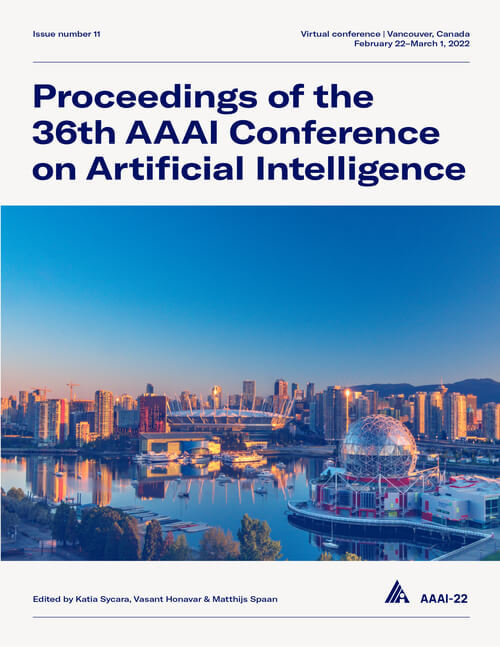Powerful Graph Convolutional Networks with Adaptive Propagation Mechanism for Homophily and Heterophily
DOI:
https://doi.org/10.1609/aaai.v36i4.20340Keywords:
Data Mining & Knowledge Management (DMKM), Machine Learning (ML)Abstract
Graph Convolutional Networks (GCNs) have been widely applied in various fields due to their significant power on processing graph-structured data. Typical GCN and its variants work under a homophily assumption (i.e., nodes with same class are prone to connect to each other), while ignoring the heterophily which exists in many real-world networks (i.e., nodes with different classes tend to form edges). Existing methods deal with heterophily by mainly aggregating higher-order neighborhoods or combing the immediate representations, which leads to noise and irrelevant information in the result. But these methods did not change the propagation mechanism which works under homophily assumption (that is a fundamental part of GCNs). This makes it difficult to distinguish the representation of nodes from different classes. To address this problem, in this paper we design a novel propagation mechanism, which can automatically change the propagation and aggregation process according to homophily or heterophily between node pairs. To adaptively learn the propagation process, we introduce two measurements of homophily degree between node pairs, which is learned based on topological and attribute information, respectively. Then we incorporate the learnable homophily degree into the graph convolution framework, which is trained in an end-to-end schema, enabling it to go beyond the assumption of homophily. More importantly, we theoretically prove that our model can constrain the similarity of representations between nodes according to their homophily degree. Experiments on seven real-world datasets demonstrate that this new approach outperforms the state-of-the-art methods under heterophily or low homophily, and gains competitive performance under homophily.Downloads
Published
2022-06-28
How to Cite
Wang, T., Jin, D., Wang, R., He, D., & Huang, Y. (2022). Powerful Graph Convolutional Networks with Adaptive Propagation Mechanism for Homophily and Heterophily. Proceedings of the AAAI Conference on Artificial Intelligence, 36(4), 4210-4218. https://doi.org/10.1609/aaai.v36i4.20340
Issue
Section
AAAI Technical Track on Data Mining and Knowledge Management

